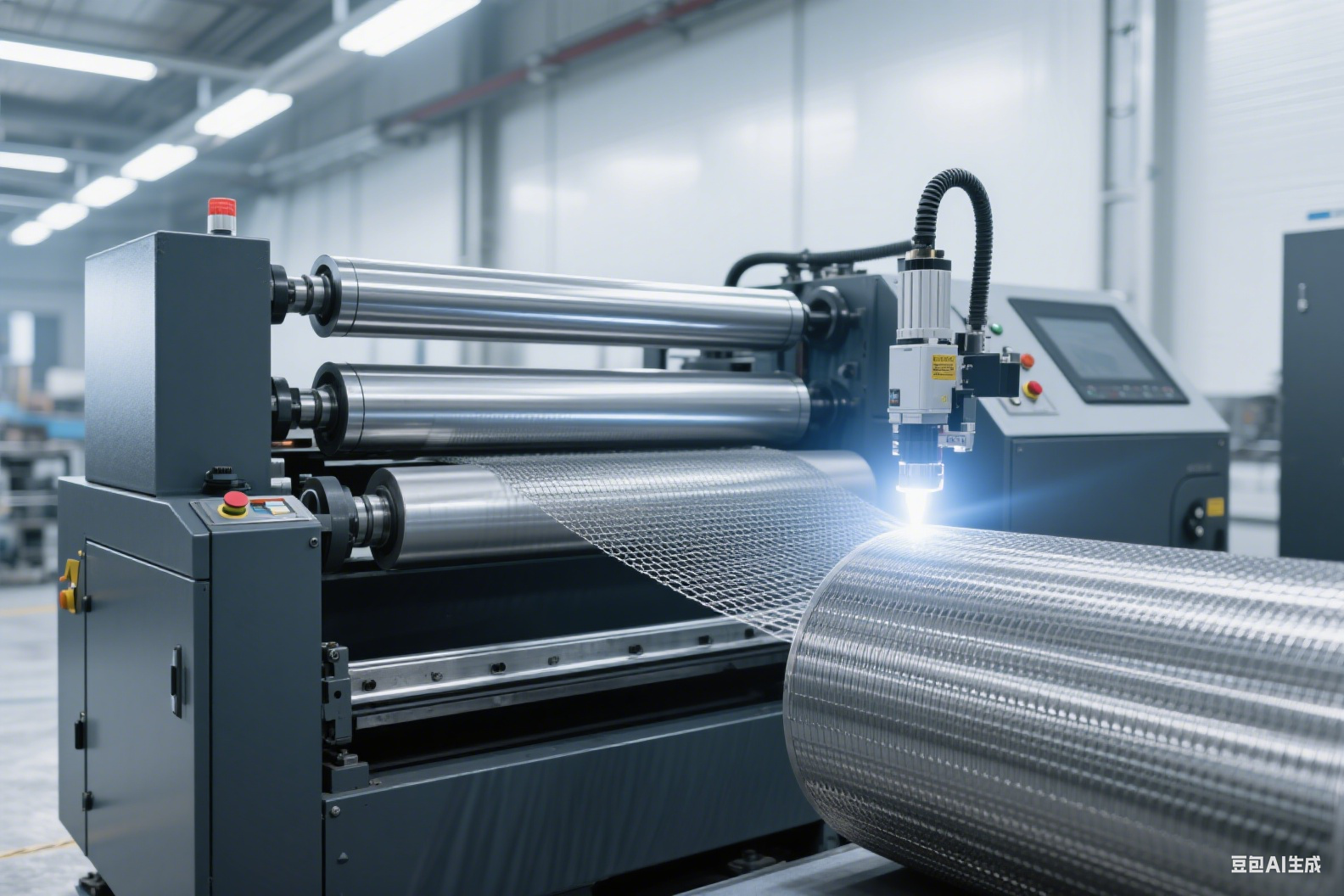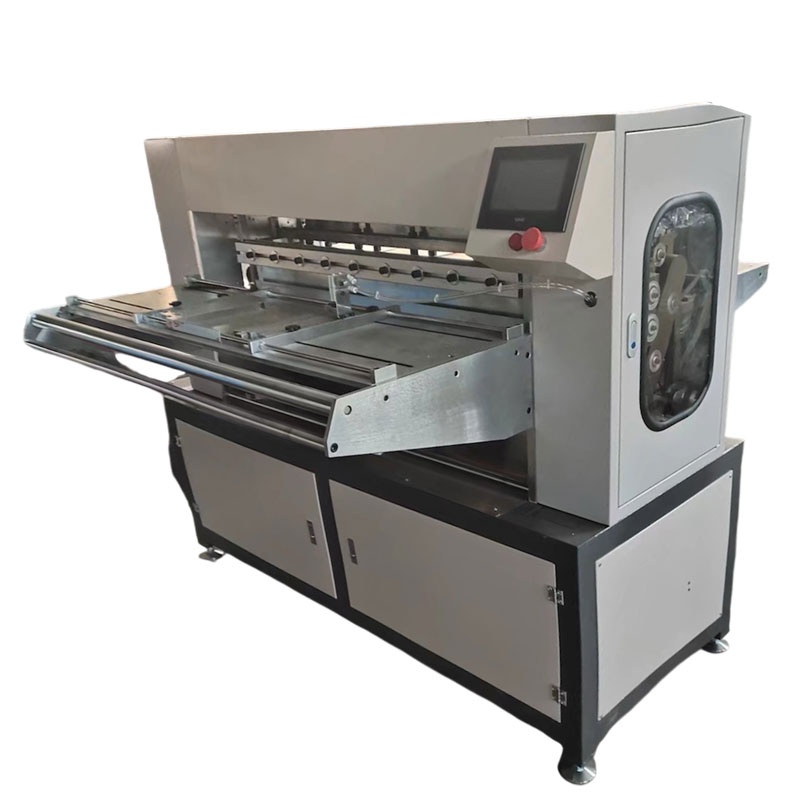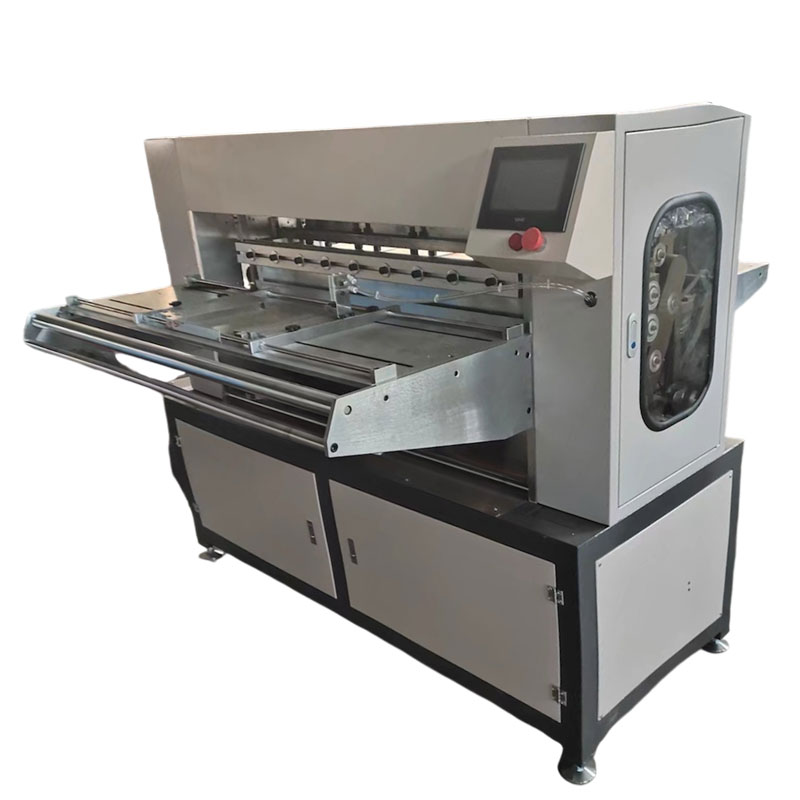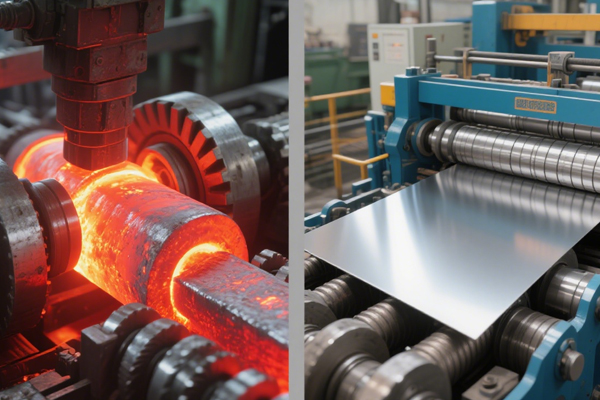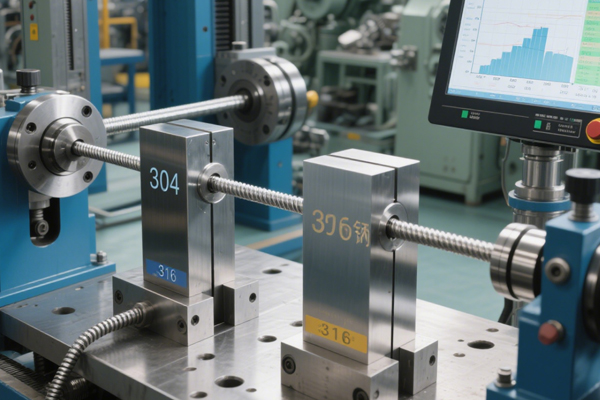The Coated Steel Revolution: PPZAM, PPGI, and PPGL Transforming Industrial Performance
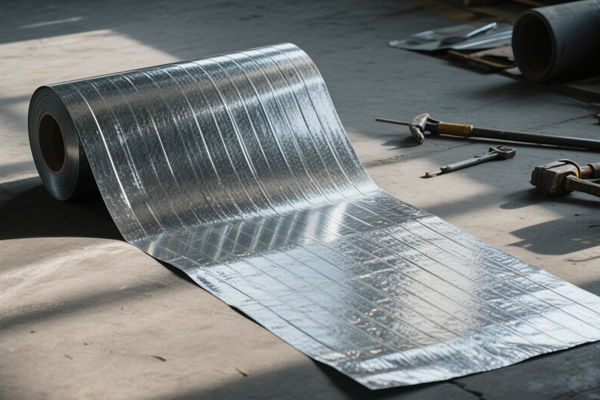
Strong 8k brings an ultra-HD IPTV experience to your living room and your pocket.
The industrial landscape is being reshaped by three advanced coated steel technologies: PPZAM (Pre-painted Zinc-Aluminum-Magnesium), PPGI (Pre-painted Galvanized Iron), and PPGL (Pre-painted Galvalume). These engineered materials represent a quantum leap in combining metallic coatings with polymer finishes to meet escalating global demands for corrosion resistance, thermal efficiency, and sustainable infrastructure.
At the molecular level, these materials reveal fundamentally different approaches to protection. PPZAM leverages a zinc-aluminum-magnesium alloy coating (typically Zn + 11% Al + 3% Mg + Si) applied via continuous hot-dip processing. The magnesium component enables remarkable "self-healing" properties where sacrificial ions actively migrate to scratched areas, forming protective hydroxycarbonate layers that block red rust initiation. This allows PPZAM to achieve 2-4x longer service life than conventional GI coatings in salt-spray tests while maintaining exceptional cut-edge protection – a decisive advantage for coastal infrastructure. PPGL relies on the established 55% aluminum-zinc coating (55% Al, 43.4% Zn, 1.6% Si), where aluminum forms a barrier layer of inert alumina (Al₂O₃) while zinc provides sacrificial protection. However, its inherent weakness in cut-edge performance necessitates full painting for corrosion resistance. PPGL’s aluminum content delivers superior heat reflectivity, achieving up to 75% solar reflectance – making it the preferred choice for energy-efficient roofing. PPGI remains the workhorse solution, utilizing pure zinc coating (100% Zn) applied at 20-275 g/m² thickness. While offering reliable sacrificial anode protection, zinc consumption accelerates rapidly in acidic or marine environments. Modern PPGI compensates with 17-25μm polyester/polyurethane topcoats over specialized primers, maintaining its position as the most cost-effective solution for indoor or mild environments.
Performance comparisons reveal stark operational advantages. In corrosion resistance, PPZAM leads with 30+ years before red rust appears in coastal applications, significantly outperforming PPGL's 20-25 years and PPGI's 10-15 year inland lifespan. The self-healing mechanism in PPZAM fundamentally transforms cut-edge protection, whereas PPGL requires supplemental sealants and PPGI depends on moderate zinc sacrifice. Thermal management further differentiates them: PPGL reflects 70-80% solar radiation, PPZAM achieves 65-70%, while PPGI trails at 50-60%. For manufacturing efficiency, PPZAM’s magnesium content reduces friction during stamping, enabling complex forming operations without coating fracture – particularly valuable for automotive battery trays and photovoltaic brackets. PPGL maintains good formability but risks aluminum cracking in deep-draw applications. Environmental metrics highlight PPZAM's carbon footprint reduction of 40% versus stainless steel, with PPGL offering 30% improvement over traditional GI.
Industrial adoption patterns reflect these technical distinctions. In construction, PPZAM dominates high-value infrastructure like solar farm mounting systems, data center enclosures, and seaport terminals where saltwater exposure dictates material selection. Ningbo Iron & Steel’s advanced cooling lines now produce PPZAM coils optimized for automotive-grade DP800 dual-phase steel, enabling lighter yet stronger structural frameworks. PPGL remains the undisputed leader in commercial roofing for its unparalleled heat reflectance in corrugated sheet applications, while PPGI serves cost-sensitive interior partitions and ceiling grids. The automotive revolution increasingly depends on PPZAM for EV battery enclosures and chassis components due to its weldability and scratch resistance. Appliance manufacturers favor PPGL for external panels (refrigerators, AC units) where surface uniformity matters, utilizing "zero-spangle" coatings for flawless paint adhesion. Utility infrastructure reveals an emerging battleground: traditional PPGI-based water transmission pipes deliver Class AAA corrosion protection, but PPZAM disrupts this space with validated 50-year service life claims for underground conduits.
Nano-coated self-cleaning PPGI with hydrophobic PVDF resins repels pollution on building facades, dramatically reducing urban maintenance costs. Digitally printed PPGL now mimics woodgrain or stone finishes for architectural cladding, conserving natural resources while expanding design possibilities. Alloy optimization represents another frontier – producers like WanZhi Steel engineer location-specific ZAM formulations, deploying high-magnesium (3%) variants for marine environments and low-magnesium (1.5%) versions for arid regions. Precision manufacturing ensures consistency: advanced systems like X-Pact® regulate coiling temperatures within ±10°C at leading mills, while cross-jet laminar cooling achieves exact microstructure development.
PPZAM integrated with graphene demonstrates 30% higher hardness and electromagnetic interference shielding for military applications. Phase-change PPGI embeds microcapsules that store and release thermal energy, reducing building cooling loads by 15%. Self-reporting PPGL coatings under development will visually indicate corrosion progression through smartphone-readable color shifts. Recycling remains a core advantage across all three technologies. PPZAM’s thinner coatings consume 60% less zinc than traditional GI while delivering extended lifespan, and all variants efficiently process through electric-arc furnaces without coating removal – a critical circular economy advantage.
As WanZhi Steel's material scientists affirm, "ZAM steel is the most suitable base material for prepainted sheets" in high-stakes environments. While PPGI retains relevance for budget-conscious projects and PPGL continues to dominate reflective roofing, PPZAM’s lifecycle value is transforming infrastructure planning. China’s coastal high-speed rail expansion now specifies PPZAM for salt-resistant noise barrier walls, while "cool roof" PPZAM variants challenge PPGL’s dominance with 0.85+ solar reflectance ratings. This coated steel trinity – from PPZAM’s premium protection to PPGI’s accessible performance – collectively delivers the corrosion resistance, thermal management, and sustainability required to build resilience in a climate-disrupted world. Their continued evolution will determine how industries withstand the accelerating challenges of the 21st century.
Note: IndiBlogHub features both user-submitted and editorial content. We do not verify third-party contributions. Read our Disclaimer and Privacy Policyfor details.



